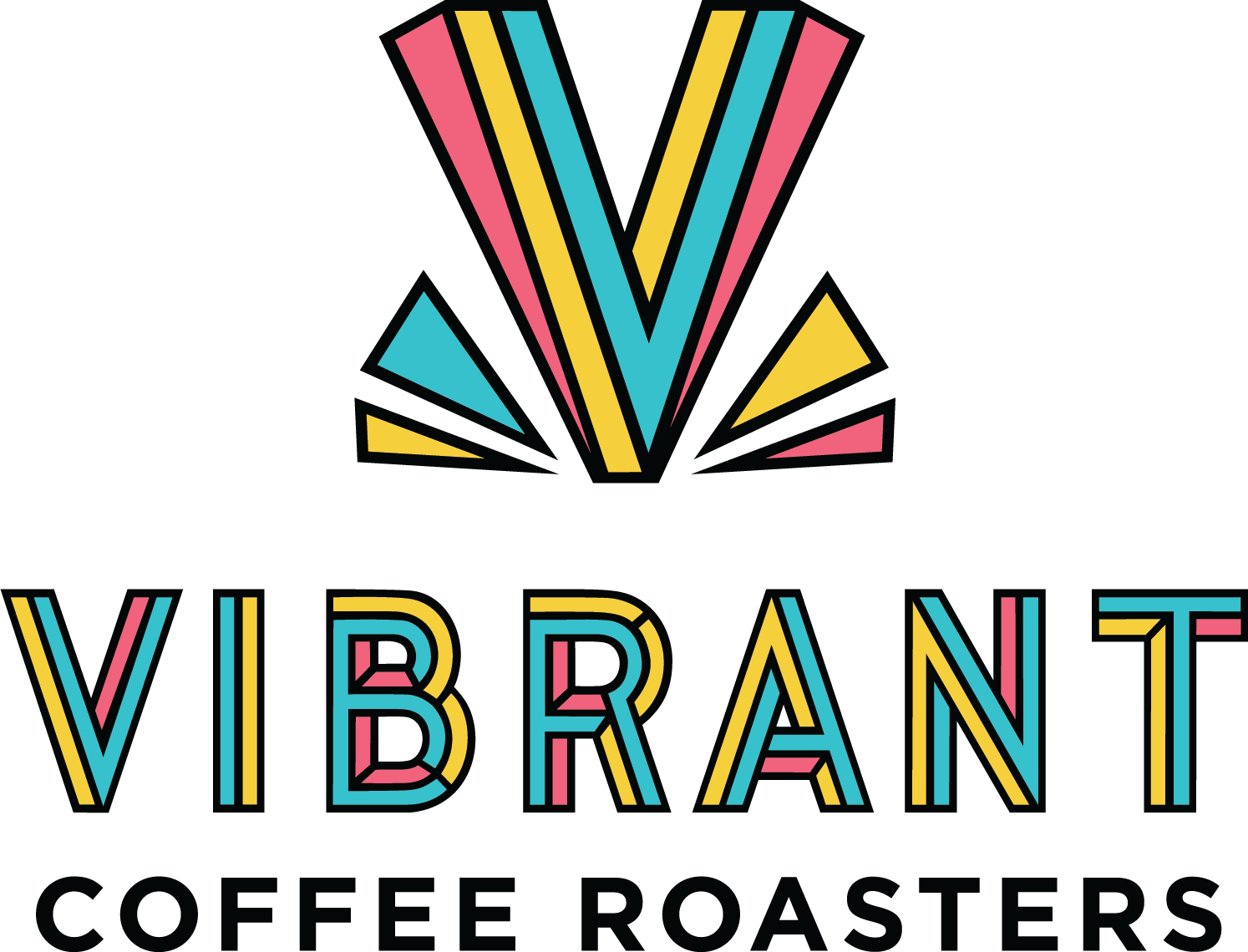Why We Love This Coffee
The key to this great decaf is simple: it starts with fresh, high quality beans that are chosen specifically because they will perform well with the decaffeination process. Many decafs are simply old coffee that hasn’t sold, which then get decaffeinated, regardless of whether or not they are well suited to the process.
The sugarcane EA process tends to magnify both sweetness and acidity, so Sucafina selected coffee that was high body and low acidity to create this decaf. This leads us to believe that it is perhaps coffees with relatively high acidities that take on the umami/soy sauce kind of flavor when decaffeinated, especially if the crop is old.
From Our Importer
Our Tumbaga is named for an alloy of gold, copper, and silver that was used throughout Colombia to make small, often religious, objects. This alloy symbolically married the contradictory energies of sun (gold) and moon (silver), producing a balance between opposites, much like our Tumbaga Sugarcane Decaf. An excellent cup without the caffeine, our Tumbaga will energize you without keeping you up at night.
Sourced through our sister company, Sucafina Colombia, our Tumbaga Sugarcane decaf takes decaf coffee to the next level. While most decafs out there use older coffees, we start with high quality coffee sourced from our integrated supply chain.
Knowing that the decaffeination process will magnify sweetness and acidity, our QC origin teams carefully source for high body, high sweetness and low acidity. With a strong foundation, we create a balanced, chocolatey and sweet cup that we’re confident is the best on the market.
Thanks to Colombia’s incredible climatic diversity we are able to offer a consistent Tumbaga profile all year round. Our whole-harvest, sustainable supply chains mean that you can expect that consistency at accessible prices, all while supporting producer resilience. Sourcing follows harvest times and will generally be sourced from Tolima or Cauca during the summer months and Antioquia or the regions in Eje Cafetero in the winter ones.
Sugarcane decaffeination utilizes a naturally occurring compound, ethyl acetate (EA) to decaffeinate coffee. The EA process is relatively simple. The coffee beans are moistened with water and EA is circulated throughout. The EA binds with the caffeine in the bean and extracts the caffeine while leaving most of the other flavor compounds. After the desired caffeine level is reached, the EA residue on the beans is removed by steaming them.






